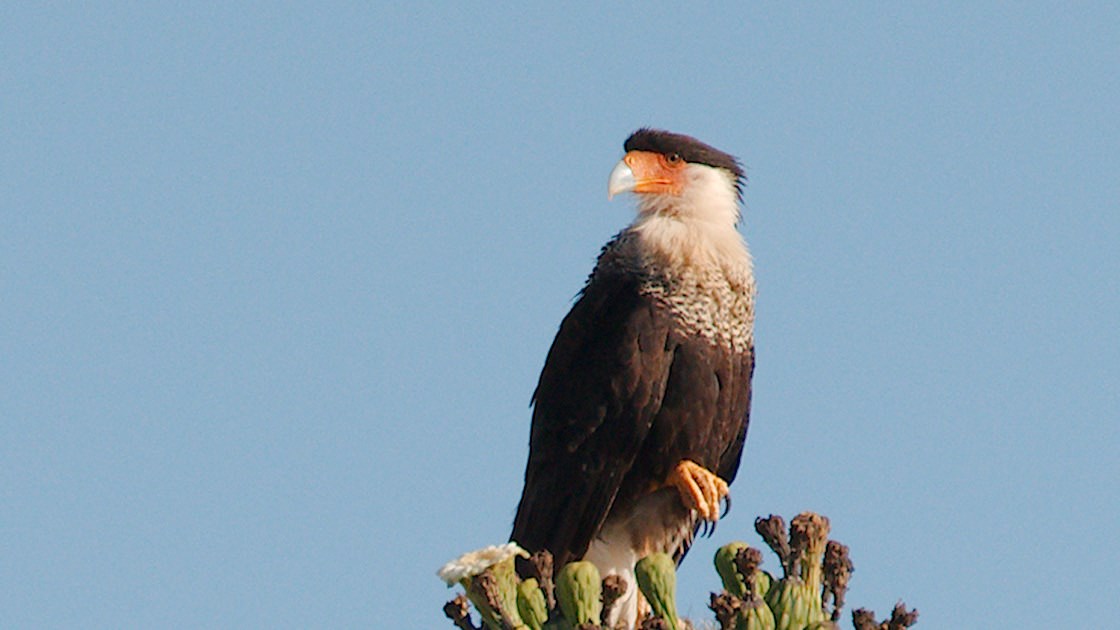Last updated: July 5, 2023
Thing to Do
Birding at Organ Pipe

NPS Photo/ Danny Martin
Organ Pipe sits along a primary migratory flyway, creating an oasis for birders of all levels. More than 270 bird species have been recorded in the monument. The vast majority visit Organ Pipe Cactus only while migrating, taking advantage of the desert’s seasonal flowers, fruits, and warm winters. There are 36 species of resident birds that can be found throughout Organ Pipe Cactus, ranging in habitats from the oasis at Quitobaquito to the cliffs of Arch Canyon. Download a checklist of the most common birds or obtain a paper copy of the checklist in the visitor center.
While there is an opportunity to round out a birding “life list” anywhere in the monument’s borders, birders have best luck in these spots:
Alamo Canyon:
Perhaps the best birding area in Organ Pipe Cactus National Monument is in Alamo Canyon. This verdant trail testifies to increased rainfall in this part of the park. Hike up the trail, passing the old ranch building on the left, to the end of the corral near the terminus of the trail. You will pass a stock tub and water tank. Take the trail to the wash and sit down on a rock. The best time to watch for birds in this area is usually from 8:00 am to 10:00 am during March and April. Lucy's Warbler has been seen near mesquite trees in early April.
Kris Eggle Visitor Center:
Both the picnic ramadas by the parking lot and the small pond out behind the visitor center are prime spots for birding. Birds seen frequently over the past years include Northern Cardinals, Black-tailed Gnatcatchers, Gila Woodpeckers, Canyon Towhees, Black-throated Sparrows, Gambel's Quail, and Phainopeplas. Expect to see some of these in each visit. Also observed there, in much lesser numbers, are Costa’s Hummingbird, Sage thrashers, Cooper’s Hawks, and Varied Buntings.
Twin Peaks Campground:
You might be able to add either a hooded or Scott’s Oriole to your list in mid-March. Listen for owls and common verdins, particularly after evening programs when the weather is warm.
Ajo Mountain Drive:
Several bird of prey species can be seen soaring around the mountains, including golden eagles. Be sure to look closely at groups of Turkey Vultures; they may include Caracaras or Zone-tailed Hawks.
